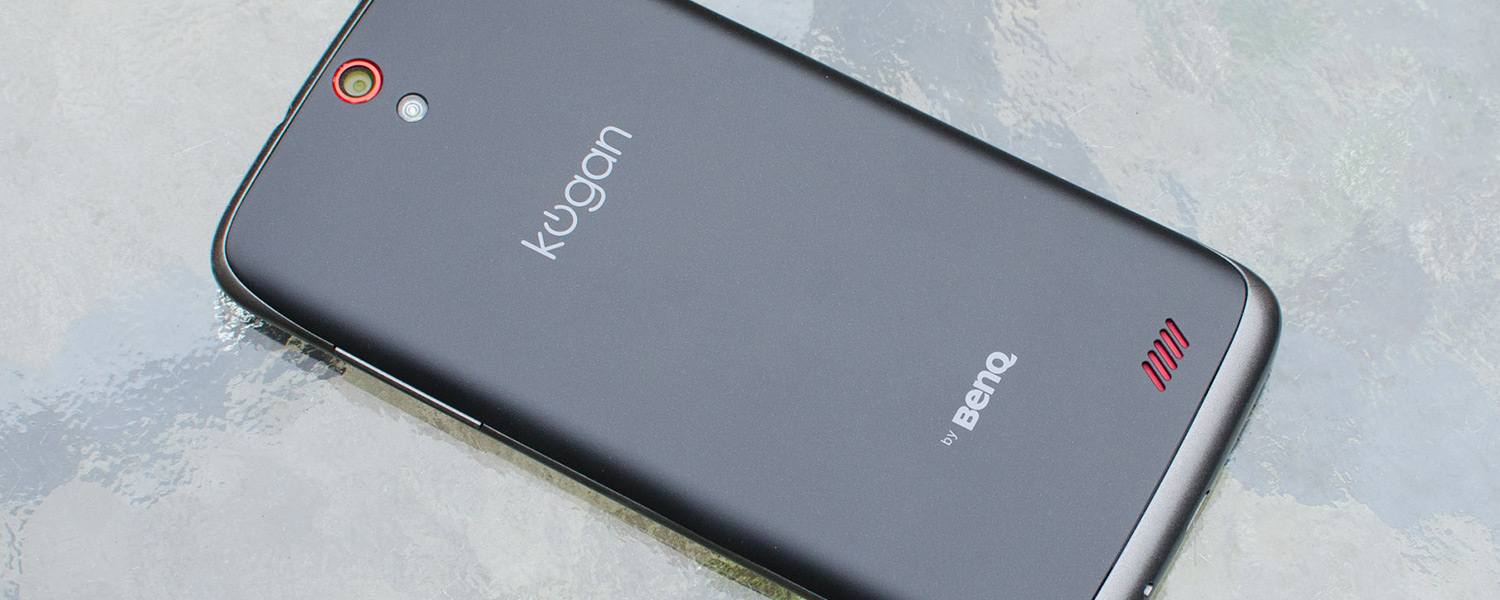Final Thoughts
While Kogan has been a player in the Australian smartphone market for a few years now, the Agora 4G is one of their best efforts yet to expand their horizons into the global market. In some respects the device is quite capable, but I'm definitely not convinced that it's worth a purchase over some of its bigger-name competitors.
I'll start with what I liked about the Agora. I was pleasantly surprised by the quality of the rear camera, and even though grain can be an issue in moderately lit conditions, it produces well exposed images in many circumstances. Compared to similarly priced devices the Agora definitely wins in this department, although it's still several steps behind the high-end sector, as you'd expect.
On the less surprising side, performance from the Qualcomm Snapdragon 400 SoC inside, paired with 1 GB of RAM, is more than adequate for everyday tasks. Near-stock Android 4.4 is kept smooth and responsive, while there's also enough grunt to play most games at the display's native 720p resolution. Battery life from the 9.5 Wh internal cell is also adeqaute, although not as good as I was expecting.
I was disappointed with the display quality on the Agora, with BenQ clearly opting for the cheapest IPS panel, which delivers mediocre color quality even though its resolution is on-par with other devices at this price point. It's also very hard to view the panel outdoors, with a lack of reflection reduction techniques hampering its usage despite good indoor brightness.
The design is also bland and uninteresting. The use of mostly plastic makes the Agora 4G feel cheap in your hands, and it's not the most ergonomic device I've ever used, especially as BenQ decided to place the power button along the top edge. It simply looks like a generic smartphone, which when you consider its hardware as well, you realize it basically is.
There's nothing wrong with a generic smartphone though, so long as it's priced appropriately. In that respect, Kogan has done reasonably well for the Australian market, slapping an AU$229 price tag on it that matches the local price for the LTE-equipped Moto G. The Moto G is a marginally better device across the board, but if you want a better camera and battery life the Agora 4G is definitely worth considering.
Outside of Australia, the Agora 4G is a much harder sell. At US$219, it's $20 more than the Moto G 4G with the added uncertainty of not supporting all the LTE bands in Europe or North America. If it doesn't support 4G in your area, the second-generation Moto G for $179 looks like a much better deal, and for a whole $50 less the Asus Zenfone 5 seems like an absolute bargain.
score
Pros: Surprisingly decent 8-megapixel camera. Good performance for a mid-range device. Runs near-vanilla Android 4.4.
Cons: Bland, generic smartphone design. Below average display quality. About $40 too expensive in a very competitive price segment. A few strange software bugs.


